Business Development Report: Analysis of the Olive Industry
VerifiedAdded on 2023/01/06
|11
|659
|66
Report
AI Summary
This report provides an analysis of the Olive Industry, focusing on its development and impact. It begins by defining the olive industry and its significance, particularly in Australia, detailing production and consumption trends. The report highlights the industry's advantages, such as job creation and food production, while also addressing limitations like environmental concerns and the conversion of farmland. A comparison is made with traditional Australian industries, showcasing the industry's growth and the adoption of new technologies. The conclusion emphasizes the importance of balancing efficiency with the preservation of the olive's natural qualities, recommending the promotion of organic farming. The report includes references to relevant academic sources.
1 out of 11
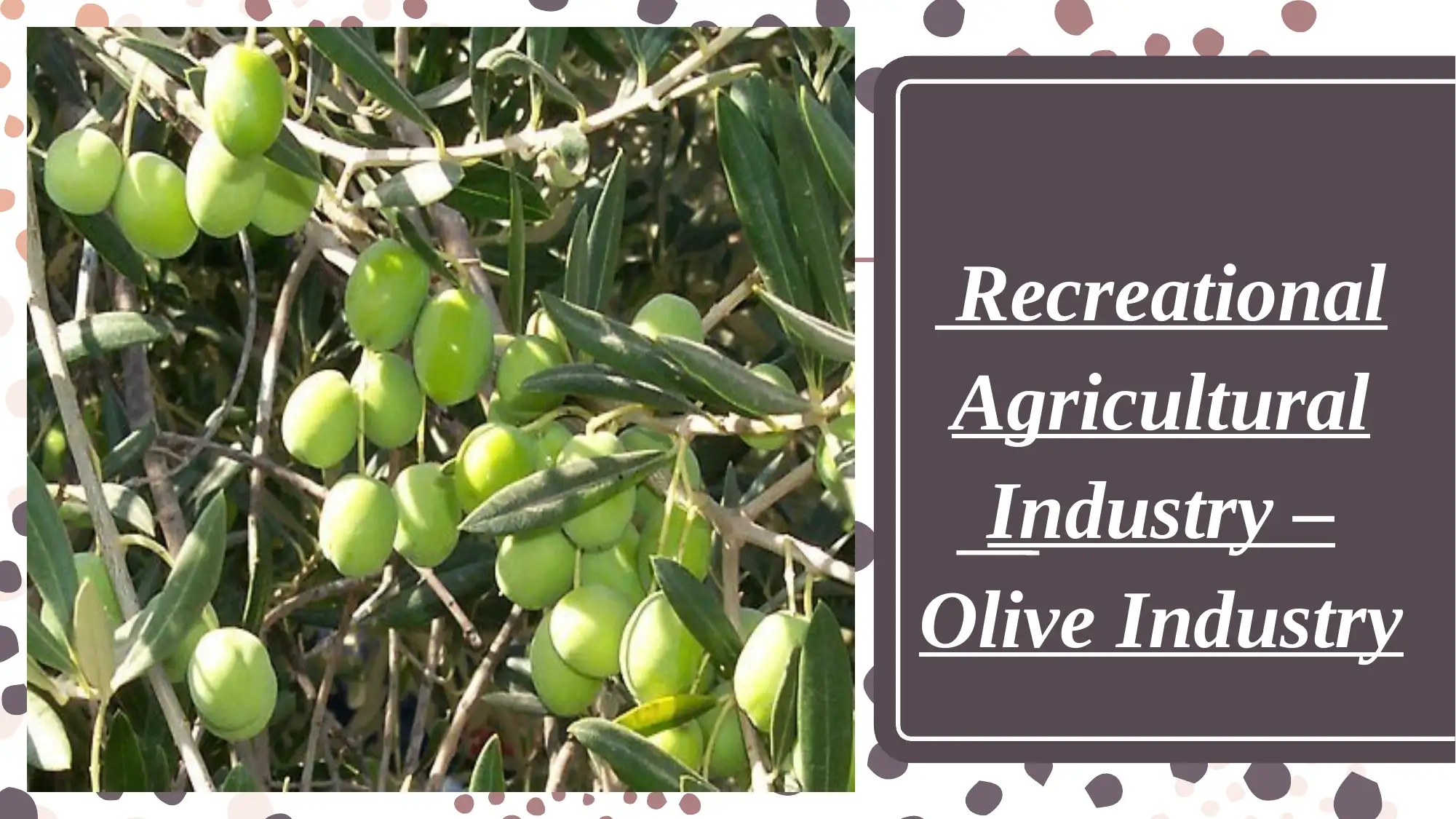
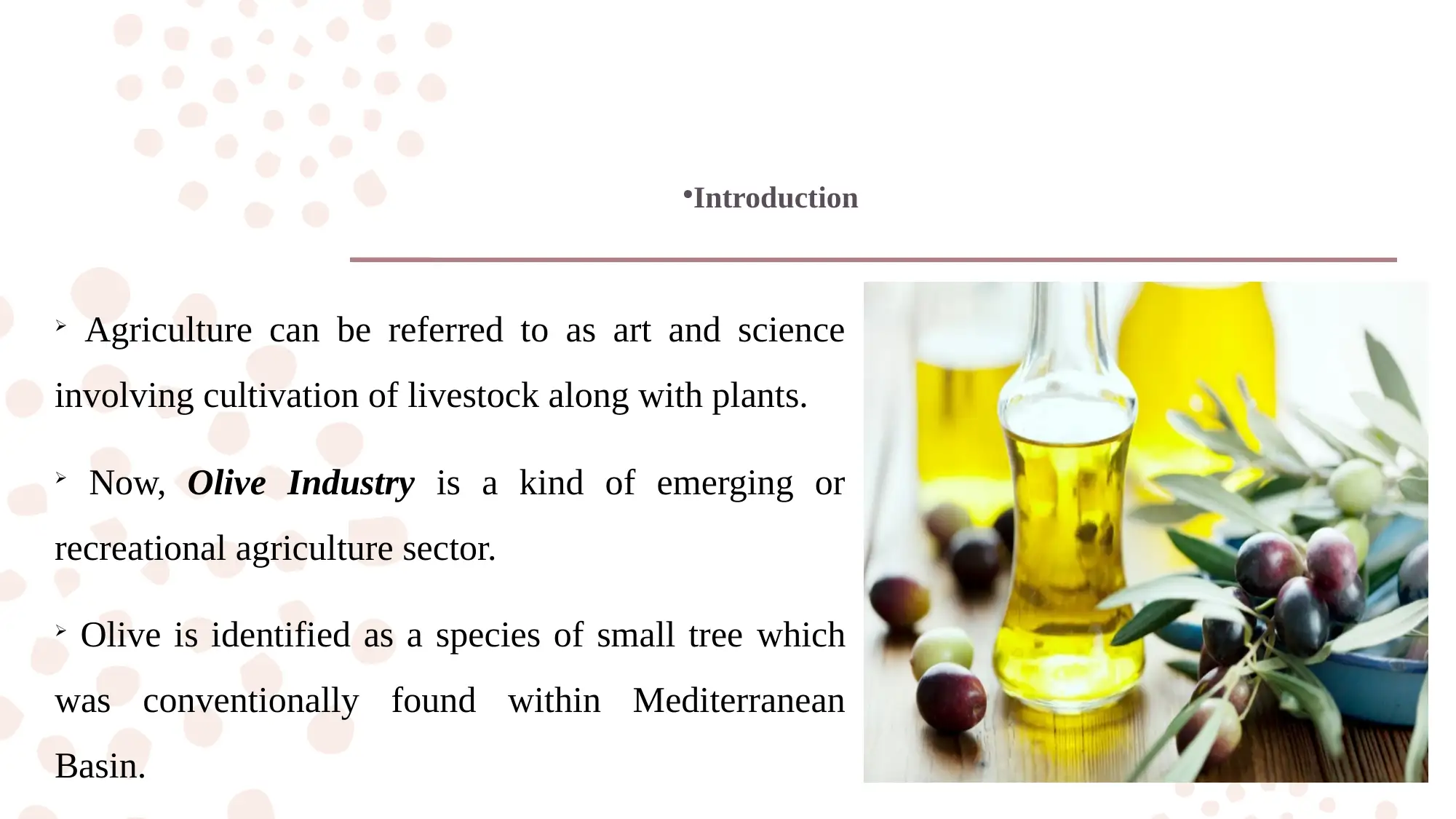
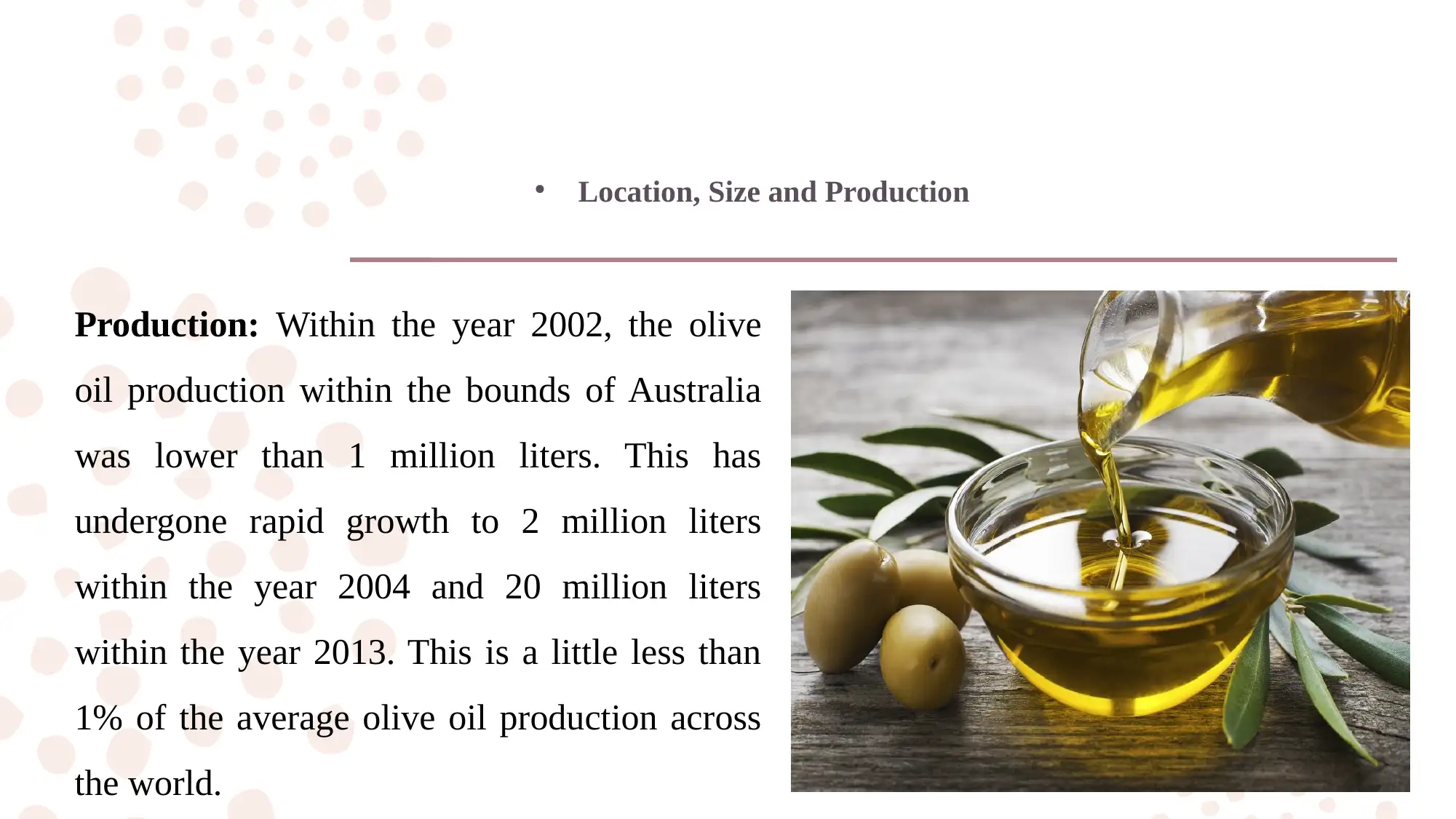

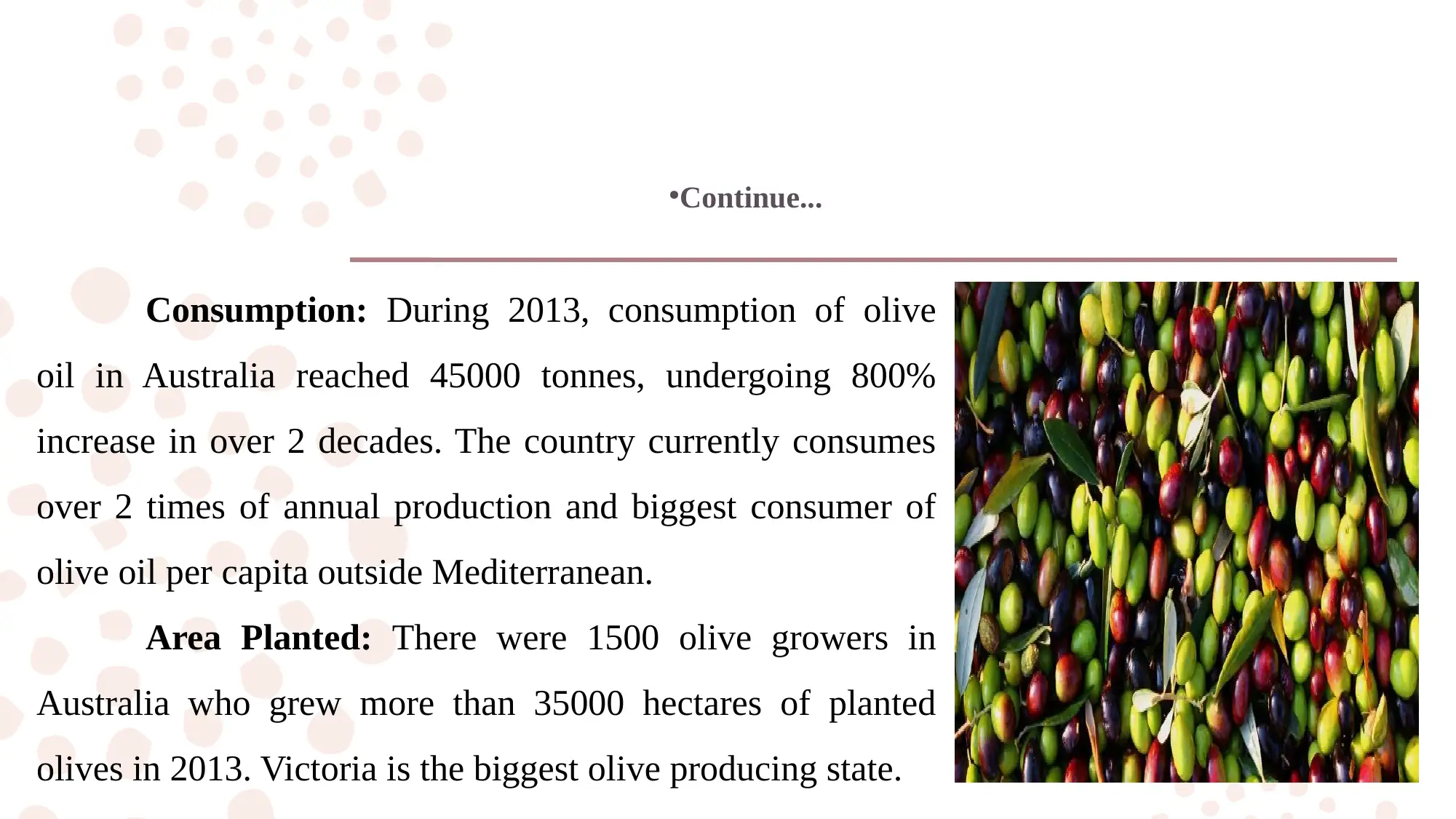
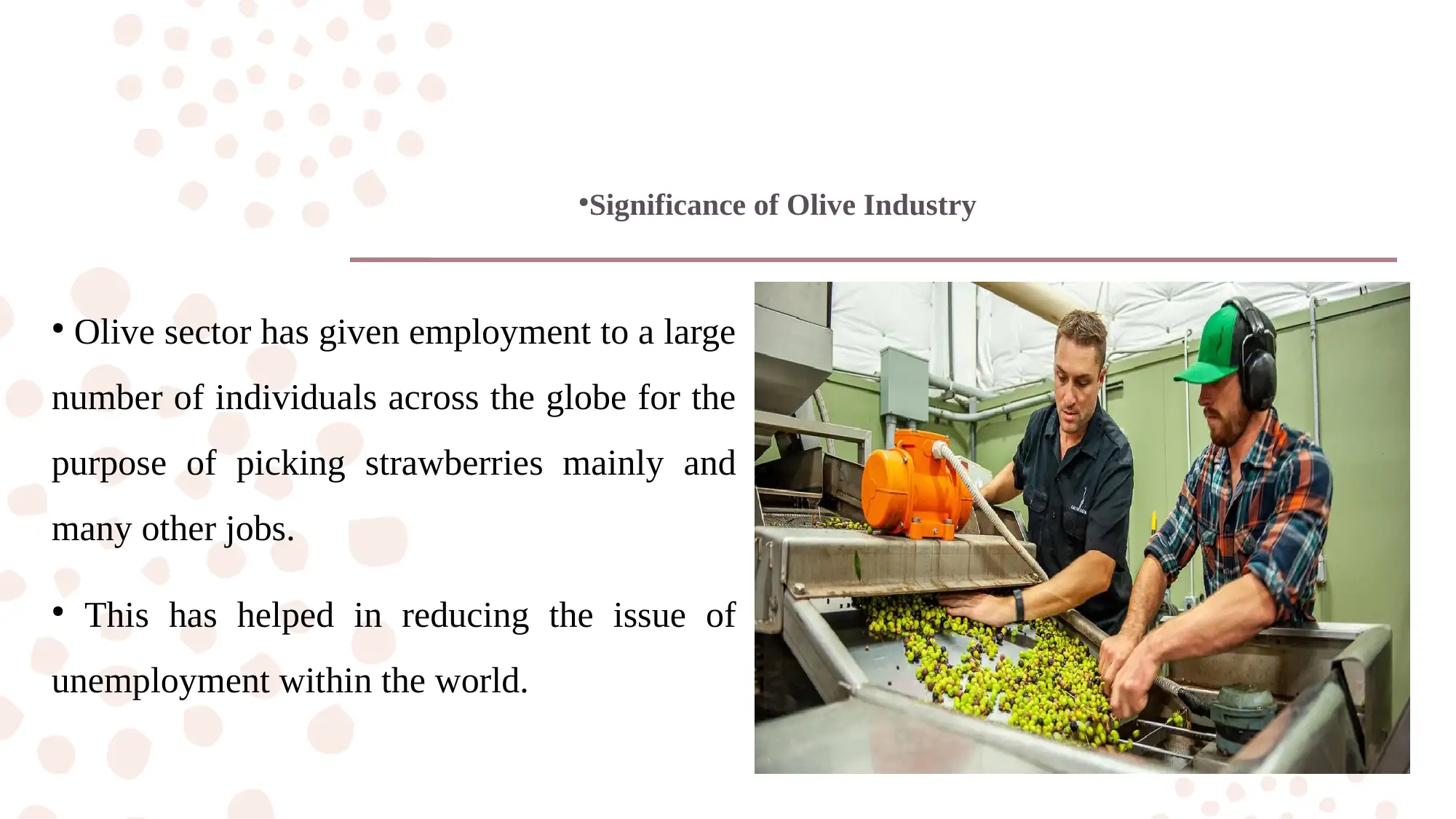
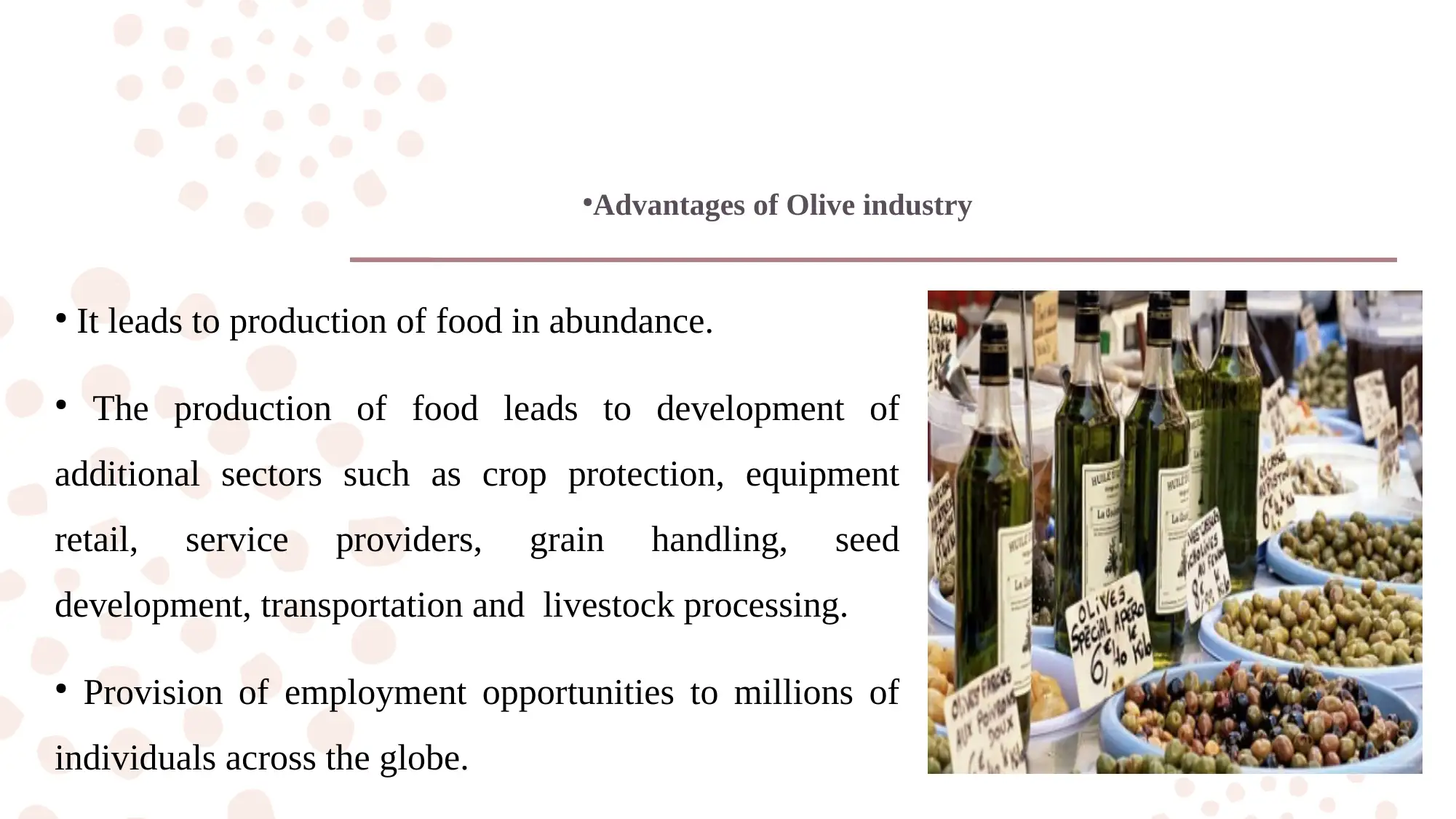
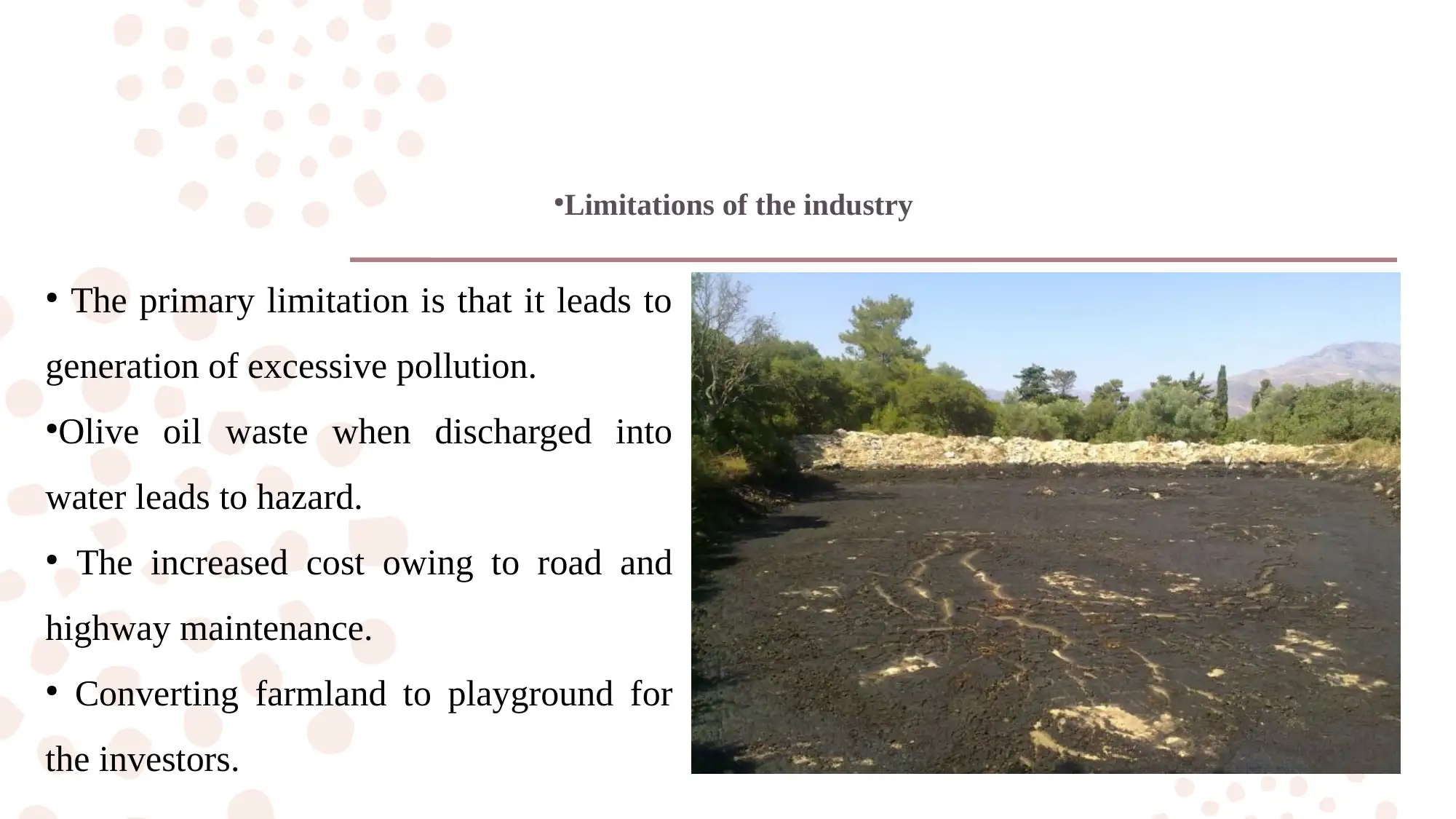
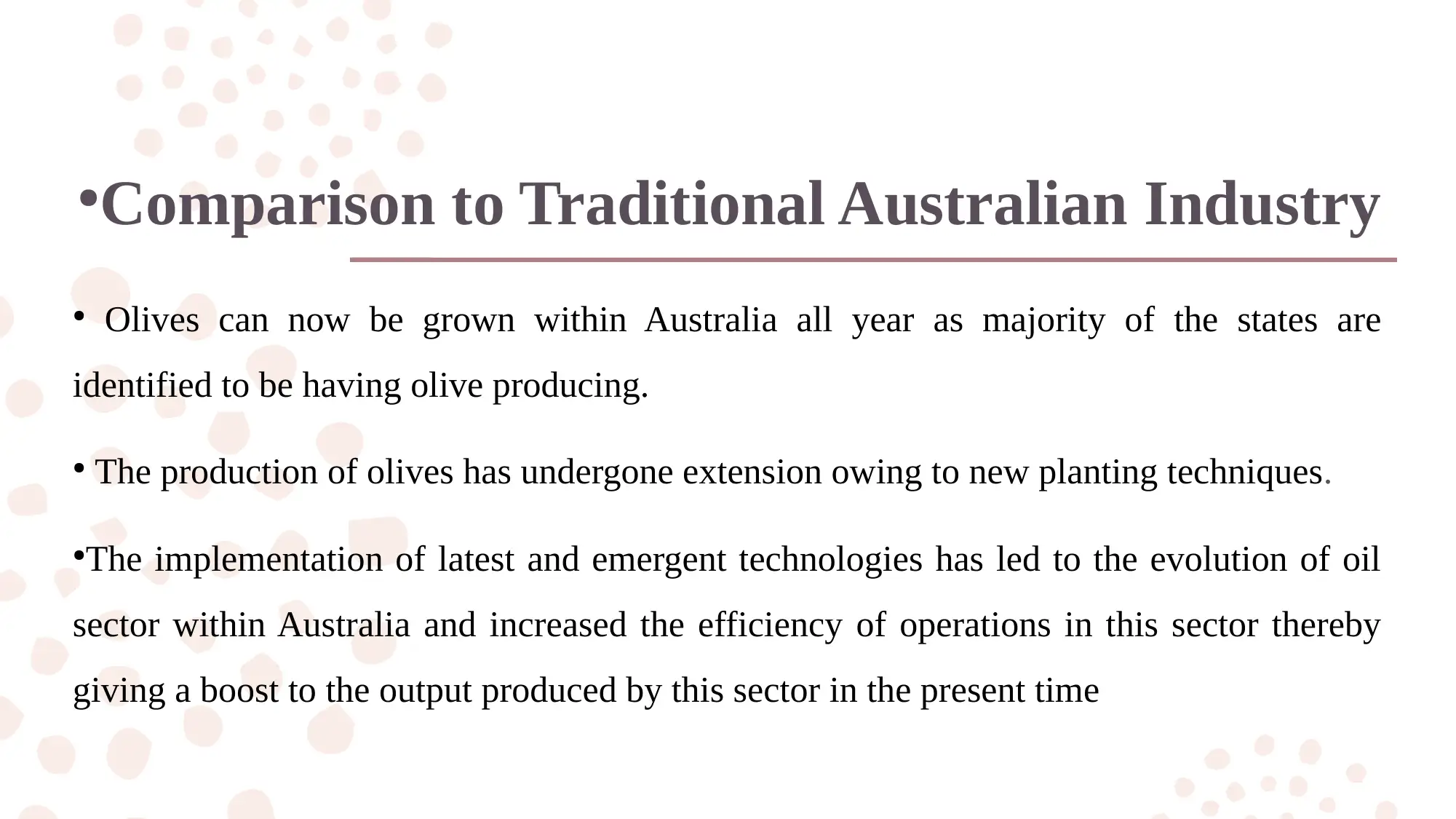
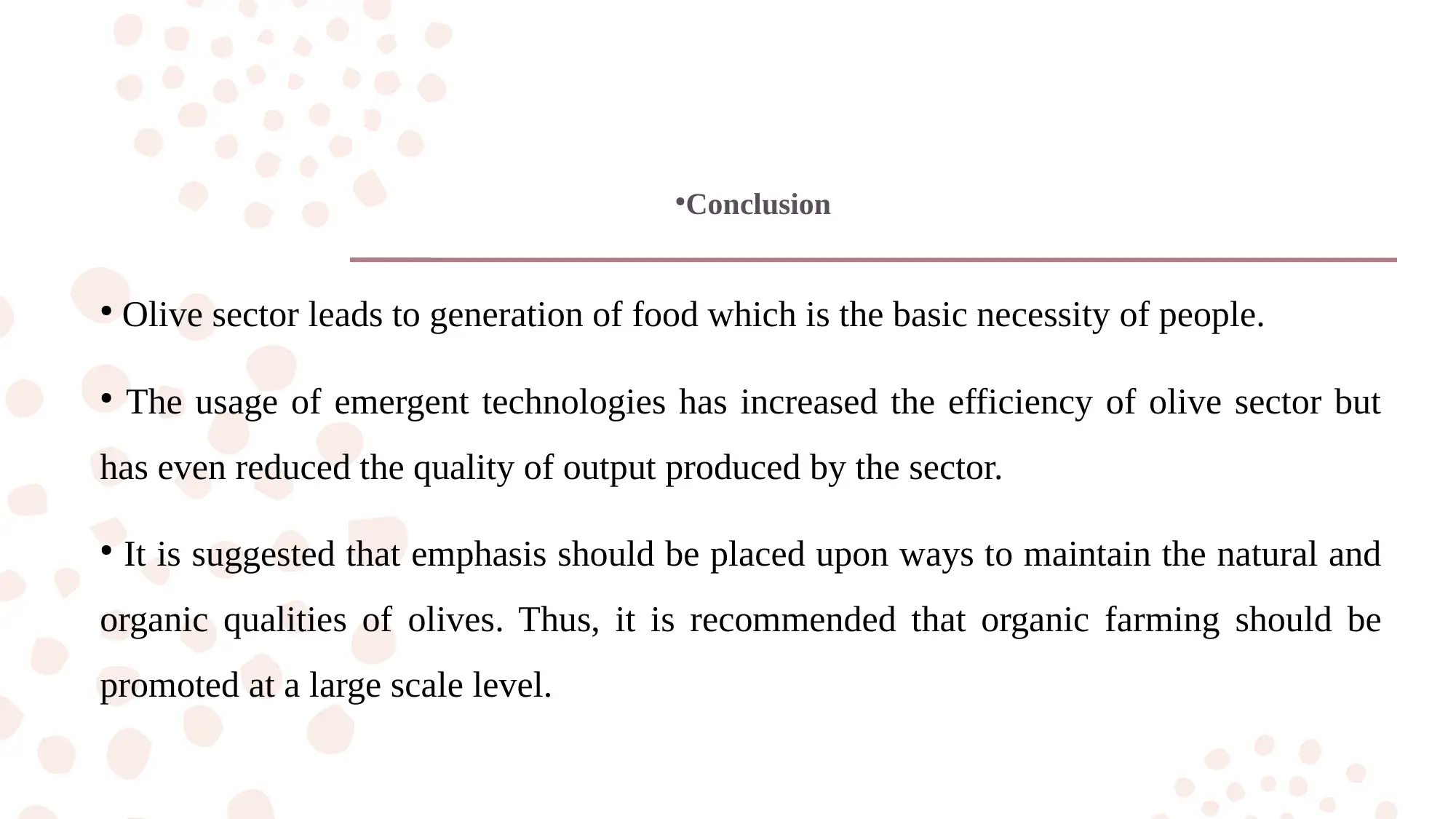
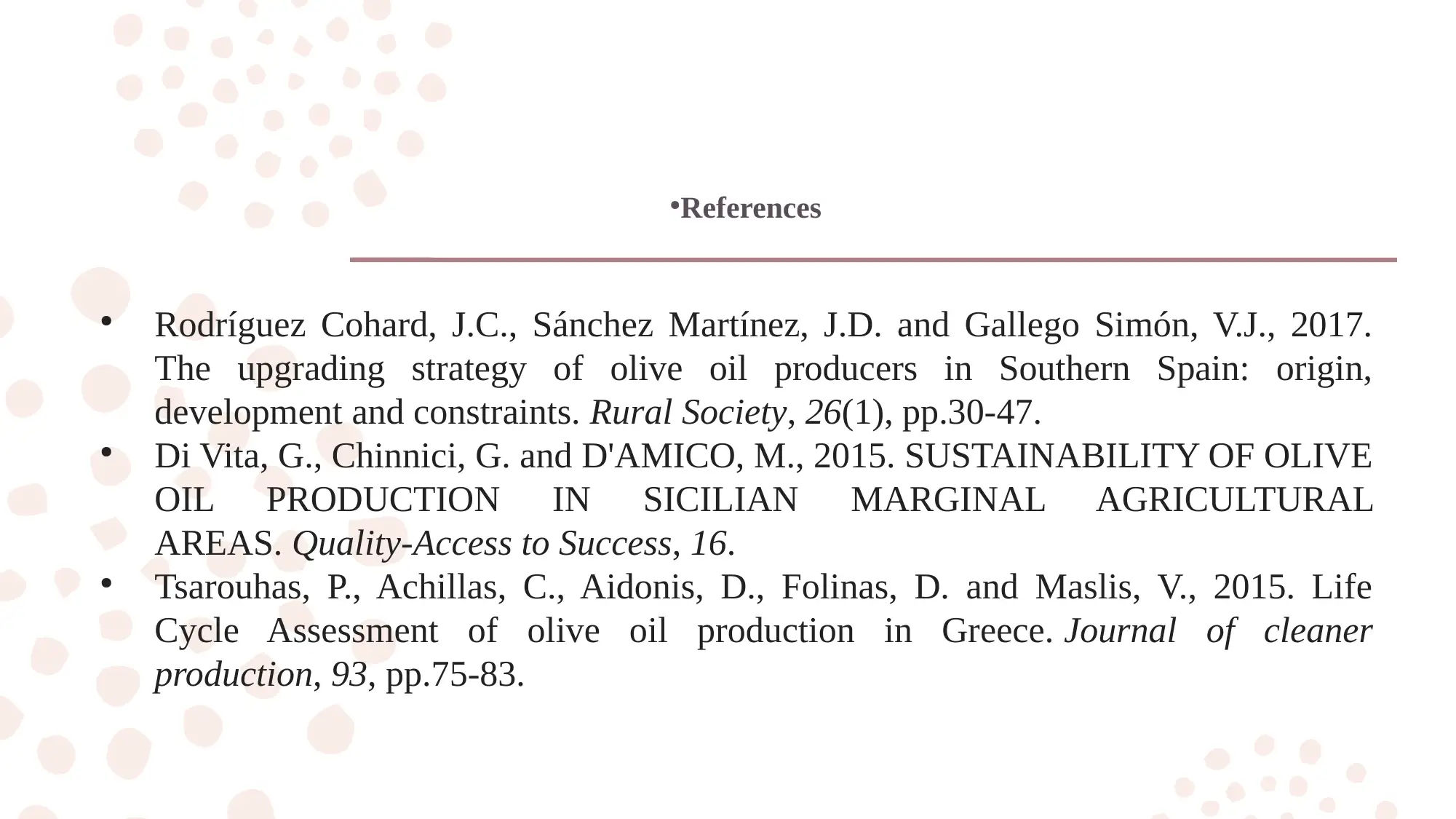







![[object Object]](/_next/static/media/star-bottom.7253800d.svg)